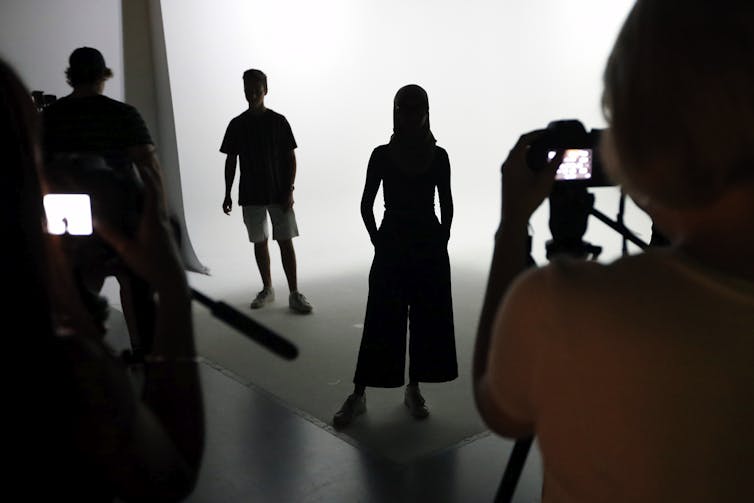 |
| PA Images/Alamy |
It looks as if many people are “seeing red” when it comes to the first official portrait of King Charles III. Reactions to Jonathan Yeo’s monumental portrait have certainly been mixed.
Fundamentally, this is the most traditional of images. It’s a portrait painted in oil on a monumental scale (it measures nearly seven feet by nine feet) of the the monarch.
Charles wears the red coat of the Welsh Guards, the regiment for which he was made regimental colonel in 1975. A lot of attention has been lavished on his uniform, displaying a range of medals including the striking chain of the Order of the Garter. The colour palette of the painting plays with the rich red hues of that coat.
There are no royal insignia, because this is not the image of a king, this is the image of the patron of The Most Worshipful Company of Drapers, a guild with medieval origins. The portrait was commissioned to mark Charles’s associated with the guild for over 50 years.
Charles’s portrait will join that of his mother, the late Queen Elizabeth II, by the Russian painter Sergei Pavlenko in Draper’s Hall. She had been a Draper since 1947 and the Company commissioned her image on the occasion of the diamond jubilee.
As the first painted image of the king to be revealed since his coronation a year ago, this is the first time that we get a glimpse of the emerging fashioning of the image of King Charles III and, as such, it puts down a marker for how the king wishes to create his own visual legacy.
It’s worth putting this into the context of “self-fashioning” in portraiture, succinctly described by the literary scholar Stephen Greenblatt in 1980 as a process where identity is constructed as a pastiche of carefully selected details. In other words, you don’t get to see the “real” image of a person, what you get to see is an ideal projection of a carefully curated identity, highlighting the aspects they want you to see.
The late queen’s image depicts her in her official uniform for portraiture, the ubiquitous long white gown, worn with a blue sash and the striking blue velvet cloak of the Order of the Garter. Elizabeth’s image is familiar and safe and speaks of constancy and long service.
Like her image, the king’s image keeps firmly within tradition. It does so by following the long-established convention of showing male monarchs in uniform – in this case, in the striking red coat of the Welsh Guards – leaning on the hilt of a ceremonial sword held in front of him.
What is less traditional is the inclusion of a butterfly fluttering above the King’s right shoulder. This butterfly and the king’s face and hands are the only parts of the image that aren’t in shades of reds, oranges and pinks. According to Yeo, the inclusion of that butterfly was Charles’s suggestion, placed on his shoulder as an “attribute” and conversation starter.
There is a long history in portraiture with regards to placing objects as key interpretative markers for the sitter’s personality. A book becomes a symbol of learnedness and wisdom; a dog signifies fidelity and trust; pearls are associated with chastity and virginity – the list goes on.
Every object can be and is imbued with symbolic meaning, and the fewer there are in an image, the more attention the sitter wants to be placed on that stand-out feature. According to the most authoritative compendium on symbolism in art, James Hall’s Dictionary of Subjects and Symbols in Art (1974), the butterfly is a symbol of spirituality, of renewal, of new beginnings, of a rebirth.
In selecting it, Charles could be signalling that he wants his legacy to be that of the monarch who renews and protects, clearly foregrounding his long-established environmental agenda. In his fiery, red image which contrasts so starkly with his mother’s cool and serene one, he offers a first glimpse into how he understands his role in the years of his reign to come.
There are challenges and there is movement, but the focus is on the fragility of the world we live in. The butterfly, delicate and beautiful, the symbol of renewal and longevity is certainly an unexpected attribute for a king, but after 50 years in waiting, Charles has had a long time to think about how to pitch his image.![]()
Gabriele Neher, Associate Professor in History of Art, University of Nottingham












.jpg)

